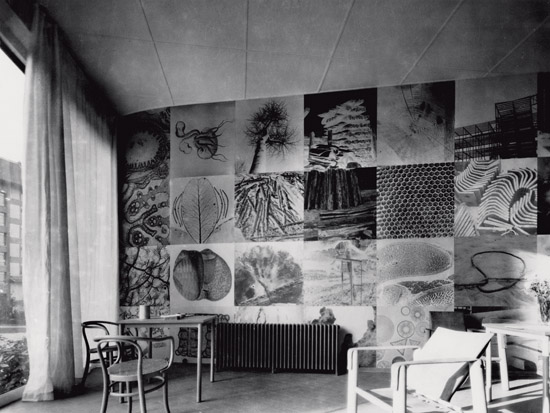one of the concerns within modern latin american architecture is the integration of art into buildings. surely, the call for integration of art into modern architecture advocated by various factions of the post-world war II ciam had been in place since, at least, josé vasconcelos’ influential muralism program for mexican schools and public buildings following the 1910 mexican revolution.
 |
| isamu noguchi, history as seen from mexico at the abelardo rodríguez market, mexico, 1936 |
discussions about what type of art was appropriate for the new architecture ensued almost immediately; questioning both the style, form, and content. what is clear is that architects have considered integrating sculpture and murals within their buildings and not only seeking artists (and closely collaborating with them) but also that artists were actively interested in developing works to relate to the architecture; highlighting the debates between whether realism or abstraction is more appropriate for new works and whether communication/legibility is more important than stylistic coherence.
 |
| edwin studer, urnario municipal, 1962 |
surely, bayardo's inclusion of edwin studer's mural in the side of the urnario municipal plays into these debates. and, clearly, studer (in following a line of uruguayan constructivism of joaquín torres-garcia) created a reinforced concrete abstract mural that reflects the material qualities as well as the structure and order of the building.
outside of latin america, there are other examples...
 |
| enric miralles and carmé pinos, design of chapel (drawing fragment), igualada, 1984-present |
 |
| le corbusier, swiss pavilion |
 |
| le corbusier, swiss pavilion |





No comments:
Post a Comment